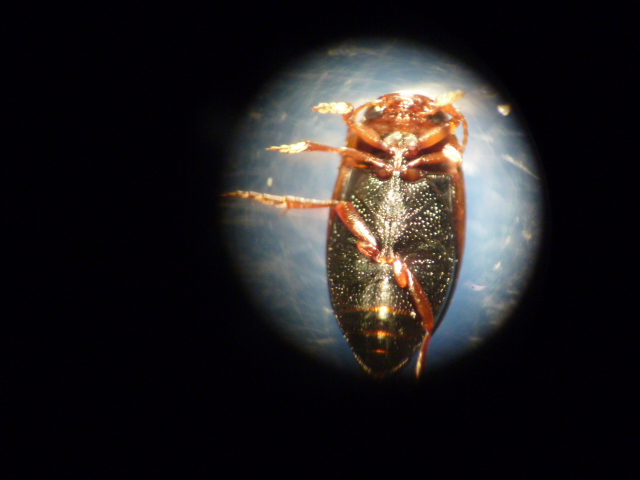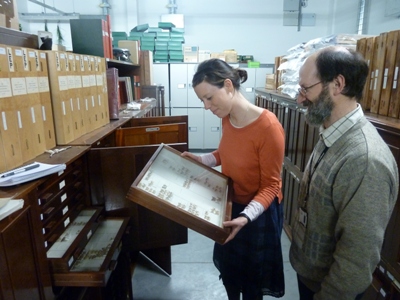Ahhh… sigh… I have a new love in my life, and its name is “Flanders Moss”. The Moss is an 860 hectare site, about 15km west of Stirling. Flanders Moss is a National Nature Reserve (NNR) and also has SSSI and SAC status, as it is the largest remnant lowland raised bog in the Carse of Stirling, an area that was once littered with bogs. I call Flanders Moss a ‘bog’ but it’s actually a cluster of LRBs which formed together around 8000 years ago. This site has sadly been subjected to what can only be described as torture in the form of cutting, draining, burning! No wonder it needs TLC!
Recently (since last blog) I’ve been out to the site a few times with the NNR team. Dave Pickett (who was the reserve manager… he has now flown off to work on the Isle of May with seabirds), took me out for a very long walk into the centre of the bog, which is seldom visited. That sort of sealed the deal for me, as when I wasn’t desperately trying to keep up with Dave over the treacherous terrain (humps, bumps, ditches and pools), I was marvelling at the wildness of the place. It was fabulously sunny and having Dave there, pointing out bog rosemary, cranberry, roe deer, birds and hydrological features and describing the history of the site, made the visit even more pleasant. It really inspired me to conduct much of my research on Flanders Moss, not only because it’s such a large and varied example of lowland raised bog habitat, but because so much is being done to restore the habitat and there is a wealth of historical information available. It would be great to find out exactly how the restoration work affects invertebrates and feed this info back to land managers at other sites.
I have another love at the moment, and those are aquatic beetles. I don’t know what it is about them that I find so endearing; perhaps it’s their squat little shiny bodies shimmying about at the water’s surface. I went out with Craig Macadam (Buglife) at the end of February and we had a bit of practice pond-dipping. I sacrificed some beasties for the sake of science, and took them back for identification, including seven water beetles. To the naked eye they all looked the same (very small and black), but under the microscope they are totally different and I think there are three distinct species. I don’t have a key (yet) but I do have past records of Coleoptera at the Moss, so have narrowed it down to a few possibilities. I can’t wait to find out what they are!
Here is a little beetley dude:

I’m really interested to find out what aquatic invertebrates colonise man-made aquatic habitats on bogs, such as borrow pits and ditches. Borrow pits are small pools created when peat is dug from the bog in order to block up a drainage ditch. They are really a by-product of this cost-effective technique, but potentially make nice habitat for invertebrates. There are borrow pits of varying ages on Flanders Moss, and I plan to survey a sub-set of each age to see what’s living in there. If they make good habitat, then that’s a real bonus, especially in the absence of natural pools due to the effects of past drainage.
Don’t worry I won’t be neglecting the other local LRBs, which are all special in their own rite. I plan to carry out a big survey of all the sites local to Stirling and Falkirk and will create an inventory that will list habitat features as well as describe past and current management. This will be a great learning opportunity, and a chance to see a variety of sites. I can’t wait to get out and about in a few weeks when I start my fieldwork. Watch this space.
Here is a picture of me taken today at Glasgow Museum’s Resource. Richard Sutcliffe (pictured) is showing me an Argent and Sable moth (Rheumaptera hastata):

Daisy x
